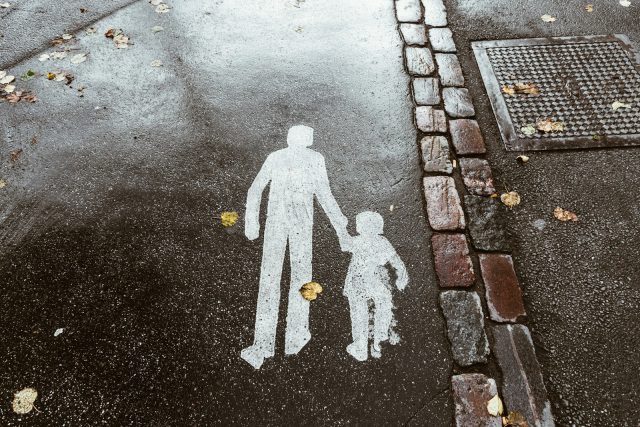Hit-and-run accidents are among the most stressful and frustrating situations a driver or pedestrian can face. They leave victims with sudden injuries or property damage and no immediate way to hold the responsible driver accountable. Having access to trusted information about hit-and-run accidents can help you respond quickly, protect your legal rights, and increase your chances of recovering fair compensation.
Whether you are a driver, motorcyclist, cyclist, or pedestrian, the steps you take in the minutes and hours after a hit-and-run can make a significant difference in the outcome of your case. Here’s a professional guide on exactly what to do.
Step 1 – Ensure Your Safety First
Your safety comes before everything else. If you are able, move to a safe location away from traffic. Switch on hazard lights to alert other drivers and check yourself and any passengers for injuries.
If you are seriously hurt, remain where you are and wait for emergency responders. Never attempt to chase the fleeing driver, as it could endanger you and others.
Step 2 – Contact Emergency Services
Call the police immediately. A hit-and-run is a criminal offense in most states, and an official police report is critical to your insurance claim and any legal action. Provide as much detail as you can about the fleeing vehicle, including:
- Color, make, and model
- License plate number (even partial details help)
- Direction of travel after leaving the scene
If injuries are present, request medical assistance at the scene.
Step 3 – Document the Scene Thoroughly
Evidence can disappear quickly, so gather as much as possible before leaving the scene. Use your phone to:
- Photograph all visible damage to your vehicle and any surrounding property.
- Take pictures of your injuries.
- Capture images of debris, skid marks, and the overall accident location.
If possible, note any nearby businesses or traffic cameras that might have recorded the incident. Speak to witnesses and record their statements or get their contact details for police follow-up.
Step 4 – Get a Medical Evaluation
Even if you believe your injuries are minor, see a medical professional. Many accident-related injuries, such as concussions or internal damage, are not immediately apparent.
Keep copies of all medical reports, bills, prescriptions, and treatment plans. These records will be essential in proving your damages during the claims process.
Step 5 – Notify Your Insurance Provider
Report the hit-and-run to your insurance company as soon as possible. Provide them with the police report number and all gathered evidence.
If the at-fault driver is never found, your uninsured motorist coverage (if available) can help cover medical bills and property damage. Check your policy for specific requirements.
Step 6 – Explore All Avenues for Compensation
Potential compensation sources include:
- Uninsured Motorist (UM) Coverage – Helps pay for medical bills and property damage when the at-fault driver is unidentified.
- Collision Coverage – Covers vehicle repairs regardless of who caused the accident.
- State Victim Compensation Funds – Some states offer financial assistance to victims of crimes, including hit-and-run cases.
If the responsible driver is later identified, you may be able to pursue additional damages through their insurance or a lawsuit.
Common Mistakes to Avoid
Victims often harm their own cases by making avoidable errors such as:
- Waiting too long to contact the police or file a report.
- Failing to collect sufficient evidence at the scene.
- Accepting a low settlement offer without understanding the full scope of damages.
Avoid these missteps by acting promptly and keeping detailed records from the start.
The Importance of Quick Action
Time is a major factor in hit-and-run investigations. Camera footage from nearby businesses may be deleted within days, and witnesses’ memories can fade quickly. Acting immediately increases the likelihood of identifying the driver and strengthens your claim.
Data from the National Highway Traffic Safety Administration shows that thousands of hit-and-run crashes occur annually in the United States, many resulting in severe injuries or fatalities. Preparedness and swift action can make a measurable difference in recovery.
Final Thoughts
A hit-and-run accident is a traumatic and often overwhelming experience, but knowing what to do can protect your safety, preserve evidence, and maximize your chances of fair compensation.
By following the right steps, ensuring safety, contacting authorities, gathering evidence, getting medical care, and exploring all compensation options, you place yourself in the strongest position to recover both physically and financially.
